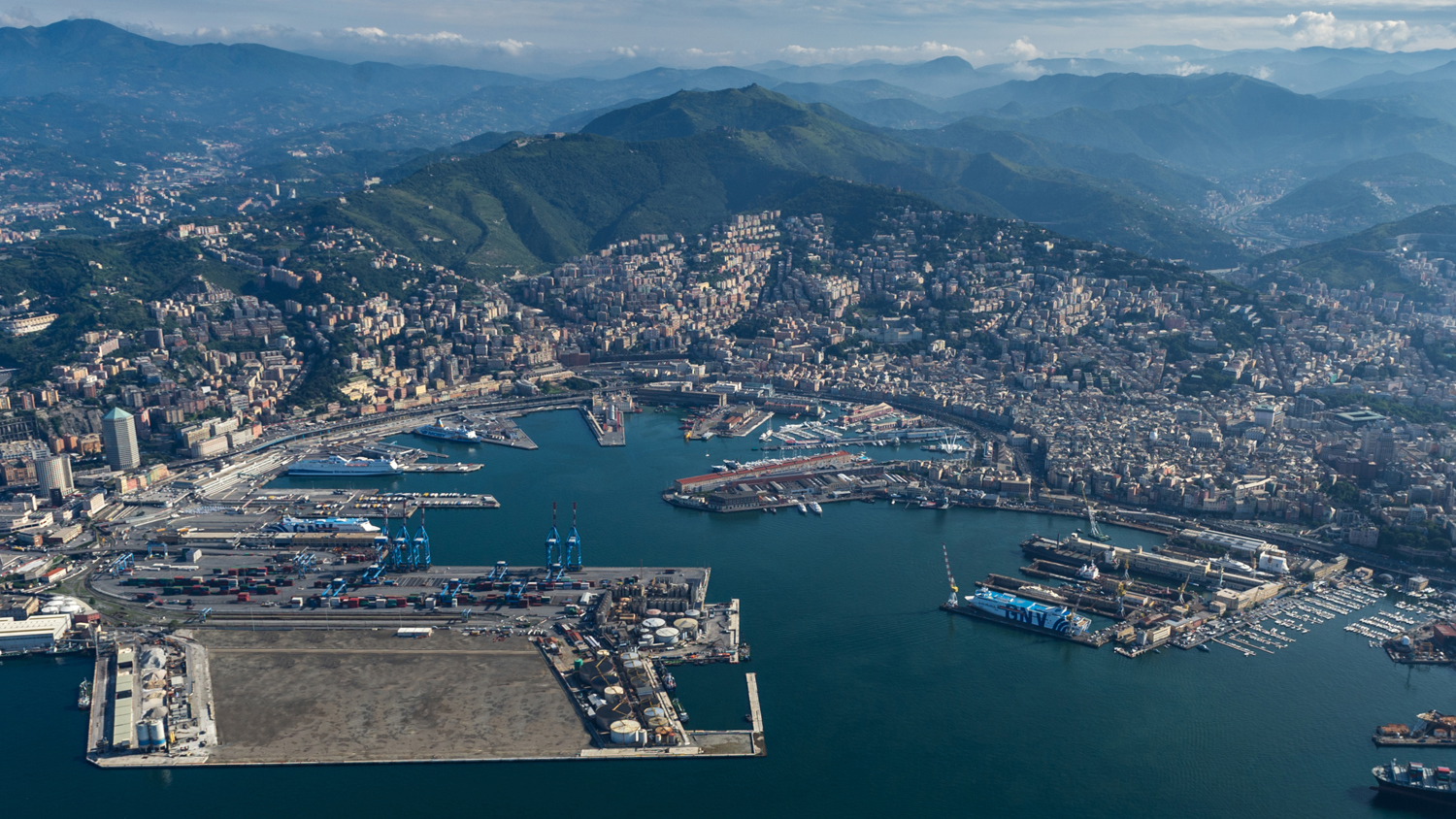
Strengthening the Rhine-Alpine Corridor after the 2017 Rastatt railway collapse
The 2017 Rastatt Railway Collapse: Lessons for the Rhine-Alpine Corridor
The Rhine-Alpine Corridor connects the ports of Rotterdam (Netherlands) and Genoa (Italy). It is the most heavily used freight transport route in Europe, carrying approximately 1 billion tons of cargo annually. It also passes through a densely populated region with 70 million inhabitants.
A Close Call for Europe’s Transport Network
The Rastatt accident could have had catastrophic consequences. Around 200 freight trains and over 150 passenger trains pass through this junction daily. Fortunately, the security systems functioned as intended, and no trains were on the tracks at the time. Thankfully, no one was hurt. However, the impact was still severe: routes linking Northern Germany to Southern Germany and Switzerland were closed for eight weeks. This resulted in logistical chaos, with a EUR 1 billion loss—equivalent to the cost of the Rastatt tunnel itself, according to Dr. Sebastian Wilske, Deputy Manager of the Regional Planning Association Middle Upper Rhine, Karlsruhe.
The incident was an eye-opener. 'Before the accident, no one realised that there was no alternative route for passenger and freight trains to continue to Southern Germany and Switzerland,' says Dr. Wilske.
Responding to Future Challenges
While the German Railway Company was responsible for preventing such accidents, Dr. Wilske and his colleagues are now focused on minimizing the impact of similar incidents in the future. They are not alone in this effort. They are collaborating with the Interregional Alliance for the Rhine-Alpine Corridor (EGTC), an international legal entity formed in 2015 as a result of the Interreg project Code 24, co-funded by the Interreg North-West Europe programme.
The EGTC does not manage infrastructure but serves as a strategic planning platform, bringing together local and regional authorities from six countries along the Rhine-Alpine Corridor to address shared challenges. In the aftermath of the Rastatt accident, the EGTC formed a committee of experts to draft recommendations for institutions to prevent and manage similar incidents moving forward.
Interdependence of Regions
'The accident highlighted how interdependent our regions are,' says Jörg Saalbach, Director of the Rhine-Alpine Corridor EGTC. This interdependence was the foundation for the creation of the EGTC, designed to continue the work started by the Code 24 project—a five-year initiative funded by Interreg North-West Europe. 'We knew from the beginning that the development of the corridor couldn’t be completed during the project’s lifespan, so we worked on establishing the EGTC to continue the work beyond 2015,' says Saalbach.
Strengthening Cross-Border Coordination
One key area for improvement identified by the EGTC was the need for better coordination among neighboring countries along the corridor, especially when railway networks are forced to operate in tandem. For example, during the Rastatt closure, language barriers hindered the rerouting of trains through France. Another issue was the limited capacity of alternative routes. With only one track available, the Black Forest route had to prioritize freight over passenger trains.
Unified Approach for Greater Impact
'Being part of the EGTC allows us to learn from each other’s challenges and work together to find solutions. Our proposals are more likely to succeed when we present them collectively as an EGTC rather than as individual institutions,' explains Dr. Wilske.
This month, the EGTC’s priority is to translate its recommendations into an actionable plan. 'A comprehensive risk analysis and emergency plan for the entire Corridor are urgently needed,' concludes Saalbach.

